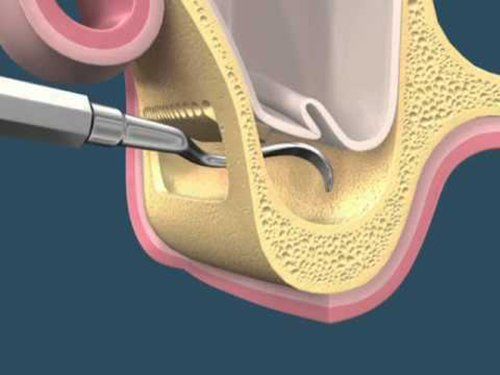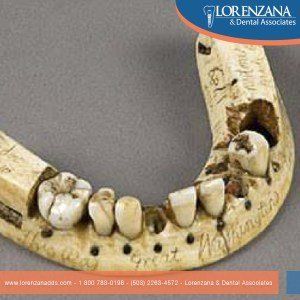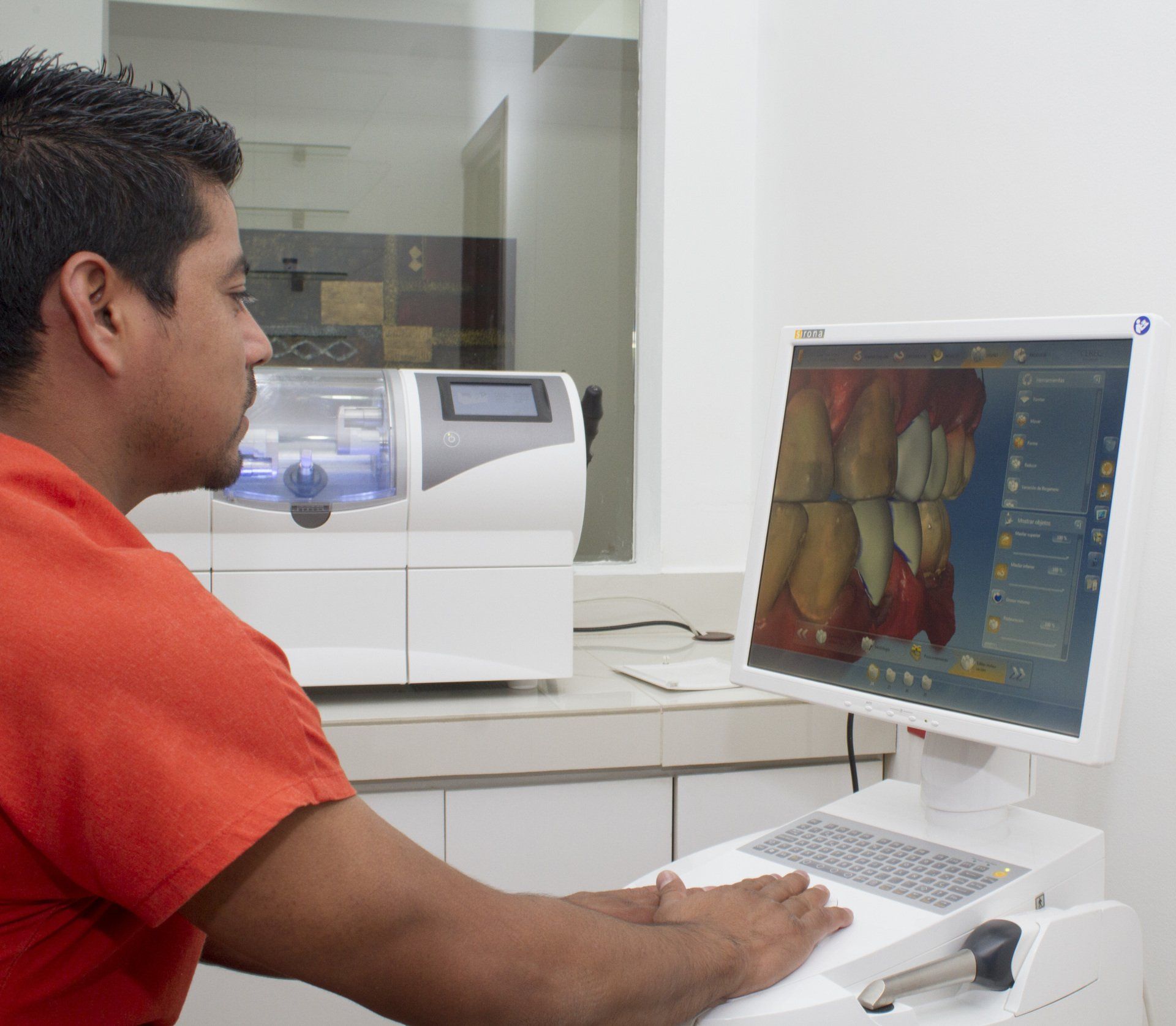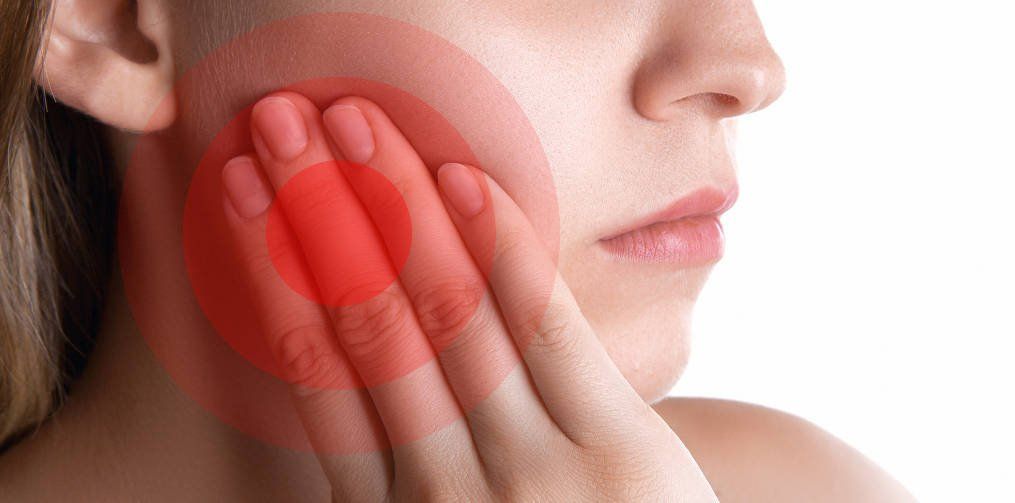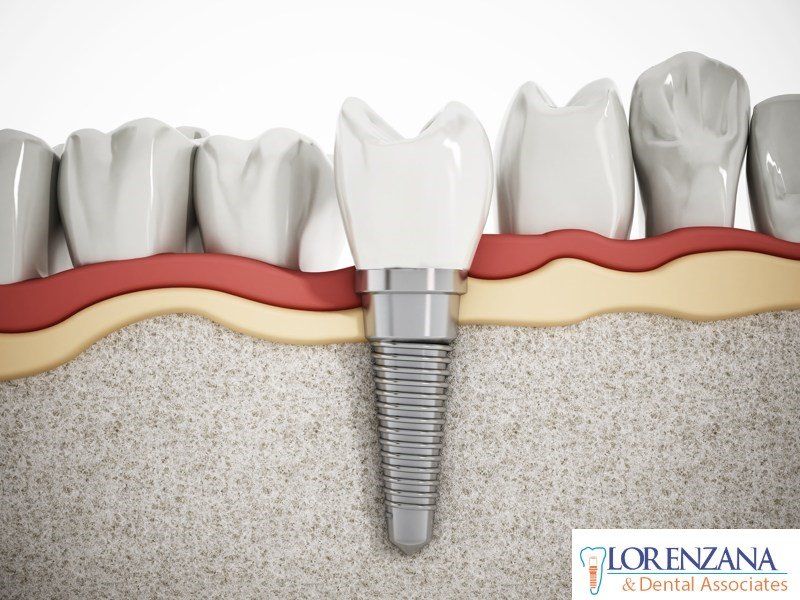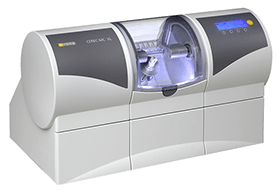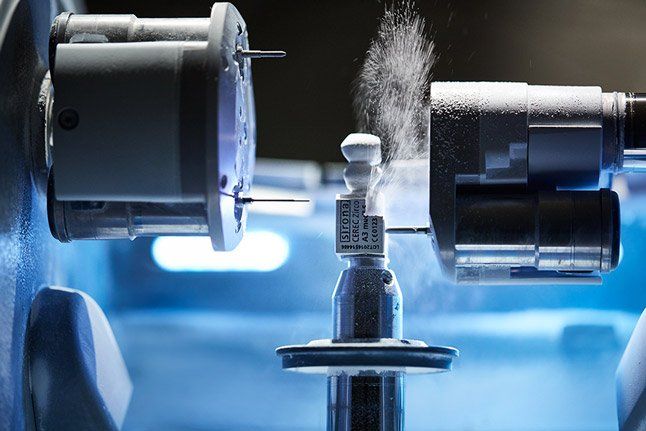Signs and Symptoms of Periodontal Disease
Periodontal disease (also known as periodontitis and gum disease) is a progressive condition and the leading cause of tooth loss amongst adults in the developed world.
Periodontal disease occurs when the toxins found in plaque begin to irritate or inflame the gingiva (gum tissue). The resulting bacterial infection often known as gingivitis, can eventually lead to the destruction of the gum tissue and underlying bone. If periodontal disease is not treated, it can also lead to loose teeth or tooth loss. There are many common types of periodontal disease including aggressive, chronic, necrotizing periodontitis, and periodontitis associated with systemic diseases. Each of these types of periodontal disease has its own distinct characteristics and symptoms, and all require prompt treatment by a dentist to halt subsequent bone and tissue loss. It is extremely important to note that periodontal disease can progress without any signs or symptoms such as pain. This is why regular dental checkups are exceptionally important. Described below are some of the most common signs and symptoms of periodontitis. Unexplained bleeding – Bleeding when brushing, flossing or eating food is one of the most common symptoms of a periodontal infection. The toxins in plaque cause a bacterial infection which makes the tissues prone to bleeding. Pain, redness or swelling – A periodontal infection may be present if the gums are swollen, red or painful for no apparent reason. It is essential to halt the progression of the infection before the gum tissue and jaw bone have been affected. It is also critical to treat the infection before it is carried into the bloodstream to other areas of the body. Longer-looking teeth – Periodontal disease can lead to gum recession. The toxins produced by bacteria can destroy the supporting tissue and bones, thus making the teeth look longer and the smile appear more “toothy.” Bad breath/halitosis – Although breath odor can originate from back of the tongue, the lungs and stomach, from the food we consume, or from tobacco use, bad breath may be caused by old food particles which sit between the teeth and underneath the gumline. The deeper gum pockets are able to house more debris and bacteria, causing a foul odor. Loose teeth/change in bite pattern – A sign of rapidly progressing periodontitis is the loosening or shifting of the teeth in the affected area. As the bone tissue gets destroyed, teeth that were once firmly attached to the jawbone become loose or may shift in position. Pus – Pus oozing from between the teeth is a definitive sign that a periodontal infection is in progress. The pus is a result of the body trying to fight the bacterial infection. It is of paramount importance to halt the progression of periodontal disease before it causes further damage to the gum tissues and jawbone. We will initially assess the whole mouth in order to ascertain the progress of the disease. When a diagnosis has been made, we may treat the bacterial infection with antibiotics in conjunction with non-surgical or surgical treatment, or both. In the case of moderate periodontal disease, the pockets (under the gumline) of the teeth will be completely cleared of debris using a procedure called scaling and root planing. The pockets may be filled with antibiotics to promote good healing and kill any bacteria that remain. Tissue & bone grafting – Where a considerable amount of bone or gum tissue has been destroyed, then we may elect to graft new tissue by inserting a membrane to stimulate tissue growth. Pocket elimination surgery – We may choose to perform “flap surgery” to directly reduce the size of the gum pockets. If you have any further questions about the signs and symptoms of periodontal disease, please ask us
Signos y Síntomas de la enfermedad Periodontal.
La enfermedad periodontal (también conocida como periodontitis y la enfermedad de las encías) es una enfermedad progresiva y la principal causa de pérdida de dientes entre los adultos en el mundo desarrollado. La enfermedad periodontal ocurre cuando las toxinas que se encuentran en la placa comienzan a irritar o inflamar la encía (tejido de las encías). La infección bacteriana resultante a menudo conocido como gingivitis, puede conducir eventualmente a la destrucción del tejido de la encía y el hueso subyacente. Si la enfermedad periodontal no se trata, también puede conducir a los dientes sueltos o pérdida de dientes. Hay muchos tipos comunes de la enfermedad periodontal, incluyendo agresivo, crónica, periodontitis necrotizante, y la periodontitis asociada con enfermedades sistémicas. Cada uno de estos tipos de enfermedad periodontal tiene sus propias características y síntomas, y todos requieren tratamiento inmediato por un dentista para detener la posterior pérdida de hueso y tejido. Es muy importante tener en cuenta que la enfermedad periodontal puede progresar sin ningún signo o síntoma como el dolor. Es por ello que los chequeos dentales regulares son excepcionalmente importantes. Se describen a continuación son algunos de los signos y síntomas de la periodontitis más comunes. Sangrado anormal - Sangrado al cepillarse, usar hilo dental o comer alimentos es uno de los síntomas más comunes de la infección periodontal. Las toxinas en la placa provocan una infección bacteriana que hace que los tejidos propensos a la hemorragia. Dolor, enrojecimiento o hinchazón - Una infección periodontal puede estar presente si las encías están inflamadas, rojas o dolorosas, sin razón aparente. Es esencial para detener la progresión de la infección antes de que el tejido de la encía y el hueso de la mandíbula han sido afectadas. También es fundamental para el tratamiento de la infección antes de que se realiza en el torrente sanguíneo a otras partes del cuerpo. Recesión de encías - La enfermedad periodontal puede conducir a la retracción de las encías. Las toxinas producidas por las bacterias pueden destruir el tejido de sostén y de los huesos, lo que hace que los dientes se vean más largas y la sonrisa parece más "dientes". El mal aliento / halitosis - Aunque el olor del aliento puede provenir de parte posterior de la lengua, los pulmones y el estómago, de los alimentos que consumimos, o de consumo de tabaco, el mal aliento puede ser causado por partículas de alimentos viejos que se sientan entre los dientes y debajo de la línea de las encías . Las bolsas de las encías más profundas son capaces de albergar a más desechos y bacterias, que causan mal olor. Dientes flojos / cambio en el patrón de mordida - Un signo de progresión rápida periodontitis es el aflojamiento o desplazamiento de los dientes en la zona afectada. A medida que el tejido óseo se destruye, los dientes que fueron una vez firmemente unidos al hueso de la mandíbula se aflojen o se pueden desplazar en su posición. Pus - Secreción de pus de entre los dientes es una señal definitiva de que una infección periodontal está en curso. El pus es un resultado del cuerpo tratando de luchar contra la infección bacteriana. Es de suma importancia para detener la progresión de la enfermedad periodontal antes de que cause más daños a los tejidos de las encías y la mandíbula. Se evaluará inicialmente toda la boca con el fin de determinar el progreso de la enfermedad. Cuando se haya hecho un diagnóstico, podemos tratar la infección bacteriana con antibióticos junto con no quirúrgico o tratamiento quirúrgico, o ambos. En el caso de la enfermedad periodontal moderada, los bolsillos (bajo la línea de las encías) de los dientes se mantendrán completamente libres de escombros mediante un procedimiento llamado raspado y alisado radicular. Los bolsillos se llenen de antibióticos para promover la buena cicatrización y matar cualquier bacteria que quedan. Tejido y hueso de injerto - Cuando se haya destruido una cantidad considerable de tejido óseo o goma, entonces podemos elegir para injertar tejido nuevo mediante la inserción de una membrana para estimular el crecimiento del tejido. Cirugía de eliminación de bolsillo - Podemos optar por realizar "cirugía de colgajo" para reducir directamente el tamaño de las bolsas de las encías. Si usted tiene alguna duda acerca de los signos y síntomas de la enfermedad periodontal, por favor contáctenos 1-800-7830187 clinica@lorenzanadds.com
